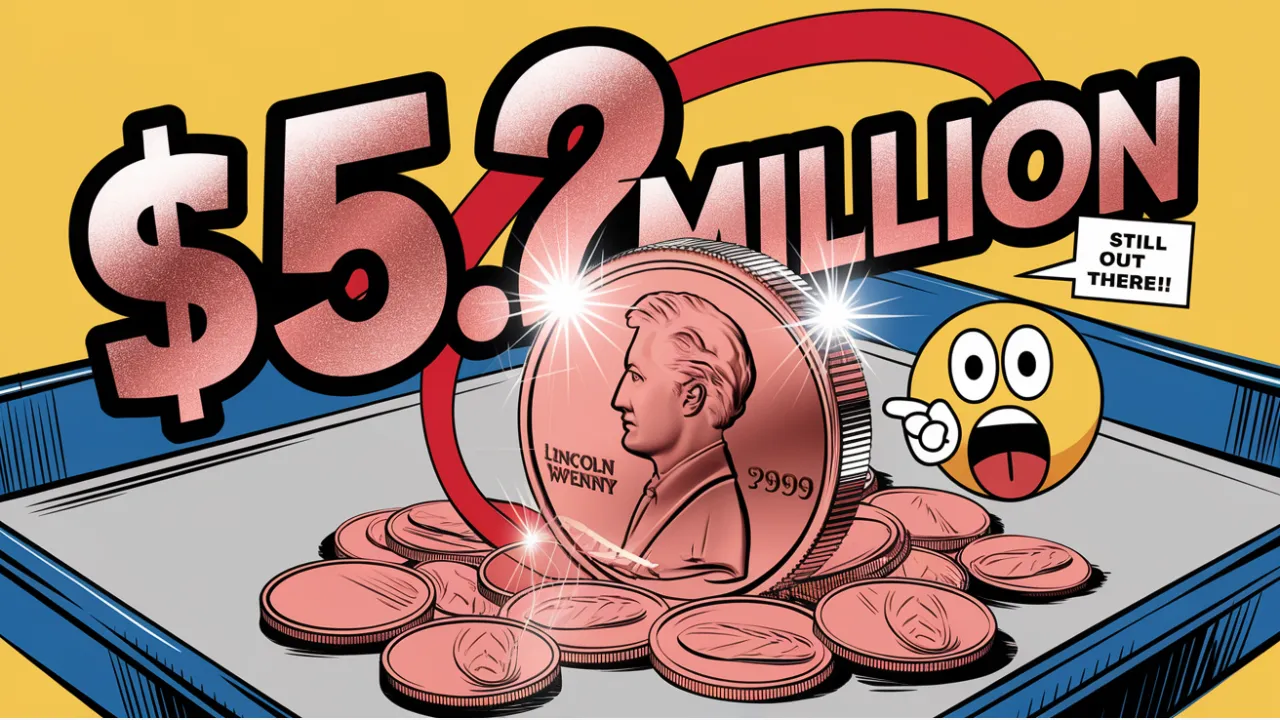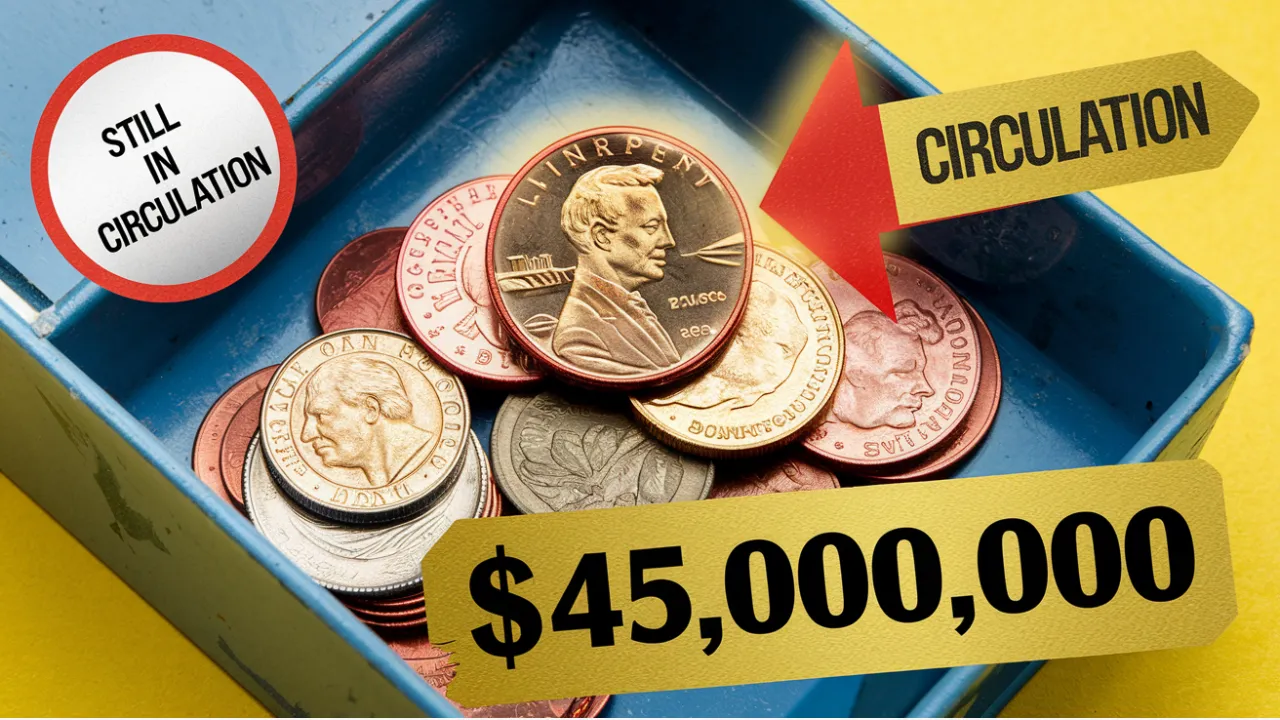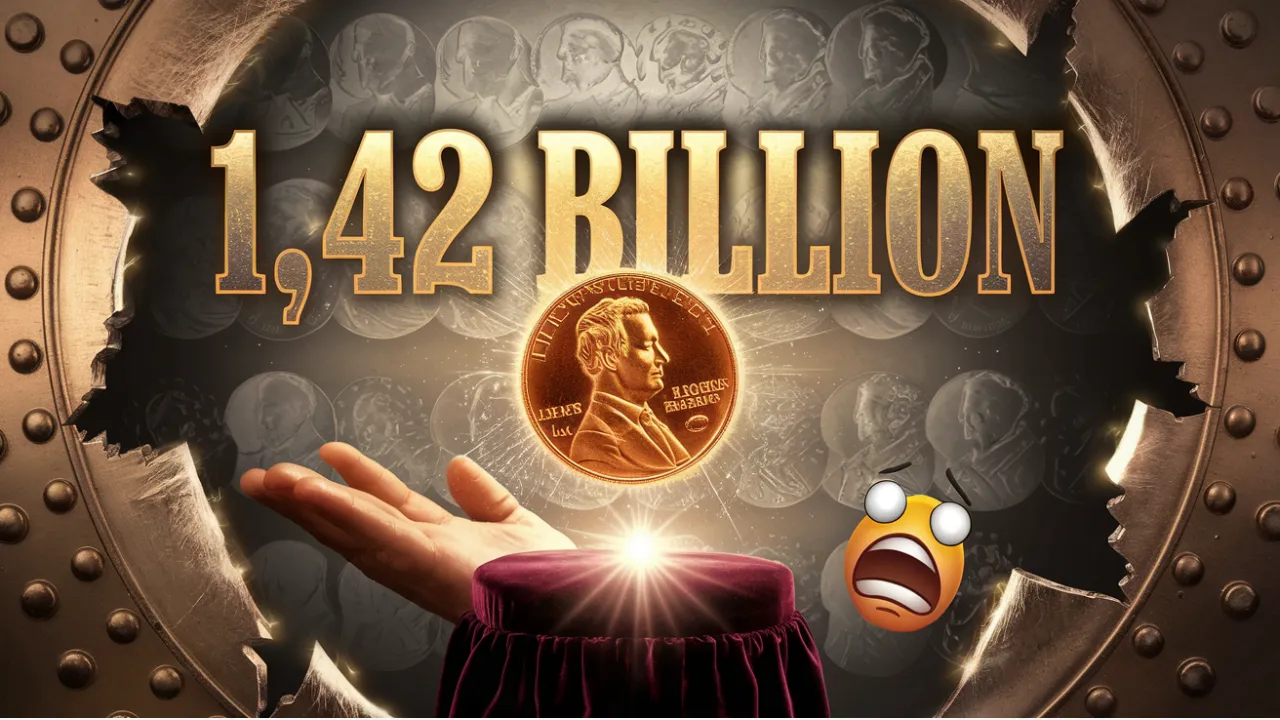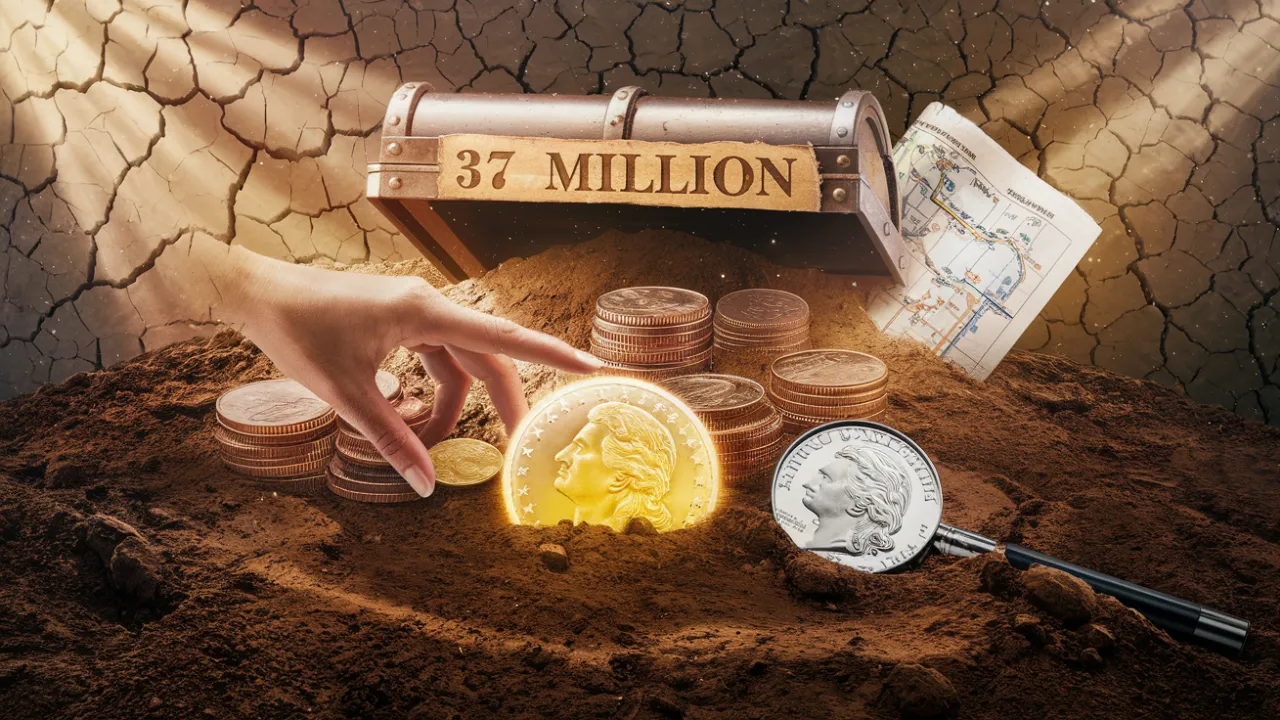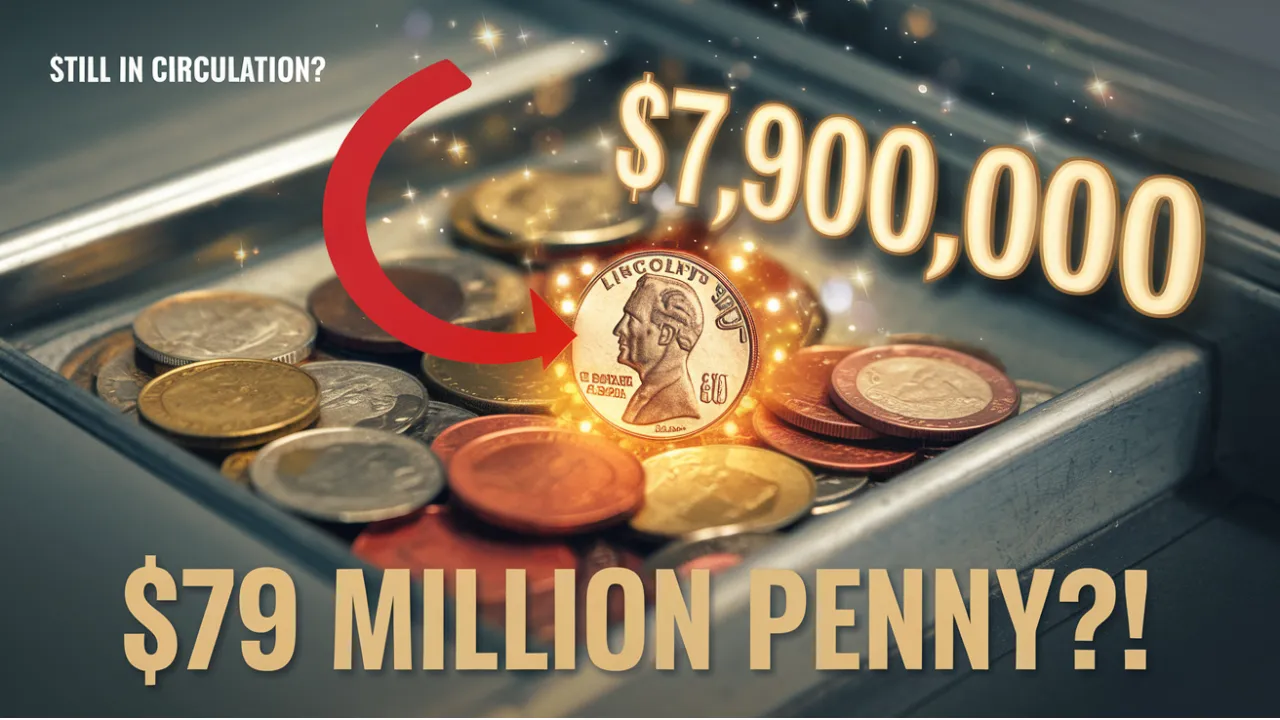The Lincoln Wheat Penny Valued at $5.2 Million: The Lincoln Wheat Penny might look like just another ordinary coin, but some rare versions are worth millions—literally. Imagine finding a penny in your pocket change that’s valued at $5.2 million. It sounds unbelievable, but this isn’t a myth. The story of the Lincoln Wheat Penny is one of the most fascinating tales in American numismatics, capturing the interest of collectors and casual coin hunters alike.
In this article, we’ll dive into the intriguing history of the Lincoln Wheat Penny, uncover why certain versions are so valuable, and show you how to identify if you’re holding a rare treasure. We’ll also explore the historical significance of these coins and why they continue to capture the imagination of people around the world.
Quick Overview of the Lincoln Wheat Penny
| Key Feature | Details |
| First Issued | 1909, to honor Abraham Lincoln’s 100th birthday |
| Designer | Victor David Brenner |
| Unique Design | Lincoln’s portrait (obverse), wheat stalks (reverse) |
| Rarest Variant | 1943 Copper Penny |
| Estimated Value | Up to $5.2 million |
| Circulation Status | Still found in circulation occasionally |
| Identification Tips | Non-magnetic, weighs 3.11 grams, dated 1943 |
The Birth of the Lincoln Wheat Penny
The Lincoln Wheat Penny was first minted in 1909 to mark the 100th anniversary of President Abraham Lincoln’s birth. Designed by Victor David Brenner, this was the first U.S. coin to feature a real person’s portrait. The obverse of the coin features a detailed side profile of Lincoln, while the reverse showcases two wheat stalks, symbolizing prosperity and America’s agricultural roots.
This penny was more than just a monetary tool—it became a cultural icon. Its design was simple yet powerful, reflecting the values of an evolving America. The coin remained in production with the wheat reverse until 1958 before being replaced by the Lincoln Memorial design.
The Wartime Error That Created a Fortune
During World War II, copper was an essential resource for producing military equipment. To conserve copper for the war effort, the U.S. Mint began producing pennies from zinc-coated steel in 1943. However, due to a minting error, a few copper planchets from 1942 were accidentally used, creating what would become one of the rarest coins in American history—the 1943 Copper Lincoln Wheat Penny.
This small mistake turned out to be a goldmine for coin collectors. Only an estimated 20 of these copper pennies exist, making them incredibly rare and valuable. One of these coins was sold for over $5.2 million at auction, setting a record for the highest price ever paid for a penny.
Why Is the Lincoln Wheat Penny Worth $5.2 Million?
Not all Lincoln Wheat Pennies are worth a fortune, but specific rare versions like the 1943 copper penny can fetch millions. Here’s why:
- Scarcity: The 1943 copper penny is extremely rare due to the accidental use of copper during wartime.
- Historical Significance: Coins produced during significant historical events, like World War II, tend to have higher value.
- Mint Condition: Coins that are well-preserved, with little to no wear, command higher prices.
- Collector Demand: High demand from collectors can drive up auction prices, especially for coins with unique errors.
The combination of these factors makes certain Lincoln Wheat Pennies highly sought after in the numismatic world.
How to Identify a Rare Lincoln Wheat Penny
Think you might have a valuable Lincoln Wheat Penny in your collection? Here’s how to identify one:
- Check the Date: The rarest pennies are dated 1943.
- Magnet Test: Steel pennies will stick to a magnet, but the rare copper ones won’t.
- Weigh the Coin: Copper pennies weigh about 3.11 grams, while steel versions are lighter at around 2.7 grams.
- Inspect for Errors: Look for unusual features like doubled dates, misaligned designs, or mint marks that seem out of place.
- Authentication: If you suspect you have a rare penny, consult a professional coin appraiser or grading service to confirm its authenticity.
Are Rare Lincoln Wheat Pennies Still in Circulation?
Surprisingly, yes. Although rare, some Lincoln Wheat Pennies, including valuable varieties, still pop up in everyday circulation. Many people overlook these coins, assuming they’re just ordinary pennies. However, sharp-eyed collectors often find treasures while searching through rolls of coins from banks, old jars, or even pocket change.
While the chances of finding a $5.2 million penny are slim, the possibility makes coin hunting an exciting hobby for many. After all, someone has to find them—why not you?
The Historical Legacy of the Lincoln Wheat Penny
Beyond its potential for wealth, the Lincoln Wheat Penny holds deep historical significance. It circulated during some of the most critical moments in American history, from the Great Depression to World War II. Each coin represents a tangible connection to the past, having passed through countless hands and witnessed decades of economic and cultural change.
The penny’s design evolution also mirrors shifts in American values. From celebrating Lincoln’s legacy to reflecting agricultural prosperity, the coin tells a story that goes beyond its monetary value.
Investing in Lincoln Wheat Pennies: Is It Worth It?
For many, collecting Lincoln Wheat Pennies is more than a hobby—it’s an investment. While not every penny will make you a millionaire, certain rare coins can appreciate significantly over time. Here are some tips for collectors:
- Buy from Reputable Sources: Always purchase from trusted dealers to avoid counterfeits.
- Condition Matters: Higher-grade coins with minimal wear are more valuable.
- Learn About Variants: Educate yourself on rare errors and mint marks that increase value.
- Keep Up with Market Trends: Coin values fluctuate, so staying informed helps you make better investment decisions.
Whether you’re in it for the history or the potential profits, collecting these pennies can be both rewarding and exciting.
FAQs About the Lincoln Wheat Penny
1. What makes the 1943 Lincoln Wheat Penny so rare?
The 1943 Lincoln Wheat Penny is rare because it was mistakenly struck on copper planchets during a year when pennies were supposed to be made from steel due to wartime metal shortages.
2. How can I tell if my 1943 penny is valuable?
Perform a magnet test—if it doesn’t stick to a magnet, it might be a rare copper version. Weighing it can also help; copper pennies weigh around 3.11 grams.
3. Are Lincoln Wheat Pennies still used today?
Yes, though rare, Lincoln Wheat Pennies can still be found in circulation, especially in older coin rolls or personal collections.
4. How much is an average Lincoln Wheat Penny worth?
Most common Lincoln Wheat Pennies are worth between 3 to 10 cents, but rare variants like the 1943 copper penny can be worth millions.
5. Where can I sell a rare Lincoln Wheat Penny?
You can sell valuable coins through coin dealers, auction houses, or online marketplaces, but it’s recommended to have the coin authenticated first.
Final Thoughts
The story of the Lincoln Wheat Penny proves that extraordinary value can often be hidden in plain sight. Whether you’re a seasoned collector or just someone curious about the coins in your pocket, there’s always the possibility that you could stumble upon a piece of history worth millions. So, the next time you receive change, take a closer look—you might be holding a fortune without even knowing it.
Have you ever found a rare coin? Share your story in the comments below, and don’t forget to spread the word. Who knows? A $5.2 million penny might be closer than you think.
